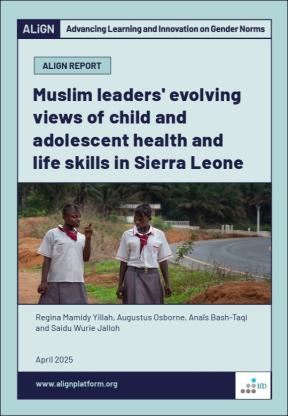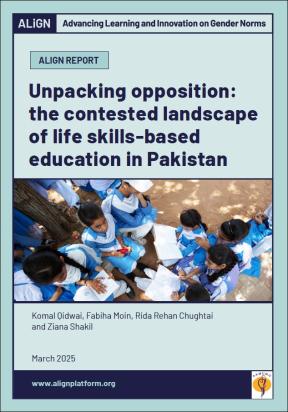- Journal article
- 1 octobre 2019
Secular changes in child marriage and secondary school completion among rural adolescent girls in India
- Author: Tara S Beattie
- Published by: Journal of Global Health Reports

Abstract
Background Child marriage (<18 years) and school drop-out disproportionately affect girls living in impoverished households in rural areas, with long-term economic and health consequences. Improving retention in education, and delaying age at marriage and first pregnancy have received substantial attention at the national and global level, in line with the Millennium Development Goals and the Sustainable Development Goals (SDGs) (2015-2030).
Methods
We examined changes over time in economic, education and child marriage indicators among adolescents from rural households in (i) Northern Karnataka (the most deprived region of Karnataka), (ii) Karnataka state, and (iii) all India, using individualized data from four pre-existing, nationally-representative datasets (District Level Household and Facility Surveys (DLHS 2-4) (2002/4–2012/3) and the National Family Health Survey (NFHS-4) (2015-16)).
Results
At the national and state level, we found large improvements in secondary educational attainment among girls and boys living in rural settings (proportion of adolescents completing age-appropriate secondary school education (all India): girls 12.4% 2002/3 vs. 31.6% 2015/6; boys 18.9% 2002/4 vs. 36.8% 2015/6). We also observed large reductions in child marriage and early child-bearing rates (proportion of married women aged 18-24 years married <18 years: 62.4% 2002/4 vs. 23.8% 2015/6; proportion of married girls aged <19 years who are pregnant or have children: 62.4% 2002/4 vs. 21.9% 2015/6). In addition, we found evidence of “clustered deprivations”, whereby girls in rural areas from the poorest families and lowest castes continue to experience multiple forms of disadvantage, with child marriage significantly associated with scheduled caste / scheduled tribe (SC/ST) caste (odds ratio (OR)=1.25, 95% confidence interval (CI)=1.18-1.32), poorest quintile (OR=2.38, 95% CI=2.21-2.55) and illiteracy (OR=2.09, 95% CI=1.95-2.23); and not completing secondary education significantly associated with SC/ST caste (OR=1.52, 95% CI=1.45-1.59), poorest quintile (OR=4.17, 95% CI=3.90-4.46), and child marriage (OR=2.05, 95% CI=1.85-2.26).
Conclusions
The results show substantial improvements in economic, educational and child marriage indicators at the state and national level over the past 14 years. The government has implemented multiple programmes and policies to address child marriage and school drop-out, and these trends suggest such efforts may be having a positive impact. If India is to achieve the SDGs, designing targeted interventions to reach those who continue to be left furthest behind is going to be key.
Related resources
Report
14 avril 2025

Report
26 mars 2025

Blog
19 décembre 2024
